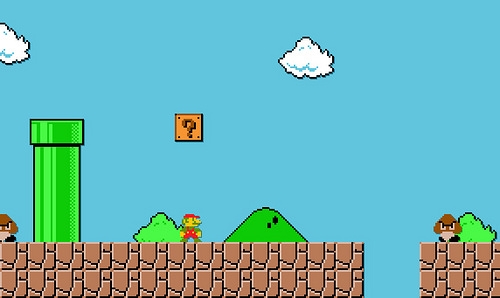
The popular jumping plumber Mario and his brother Luigi from Nintendo's "Super Mario Bros." game series officially turned 30 years old on September 13.
To celebrate the game's anniversary, Google launched a special Easter egg on its search page.
According to Kotaku, typing "Super Mario Bros." or "Super Mario Brothers" on Google's search box will, of course, lead to a page containing all links and information related to the series. But aside from these, the right side of the page will contain an info card briefly describing the game.
It will also feature the familiar glowing box with a question mark from the game series. Clicking on it will eject twirling gold coins and produce the nostalgic "1-Up" sound effect, PC Mag reported.
Everyone who has played "Super Mario Bros." will immediately remember that this Easter egg references Mario's actions when hitting the floating question boxes in the game.
"Super Mario Bros." officially came out in September 13, 1985 in Japan for the Family Computer console. It then debuted in the U.S. and Europe on May 15, 1987 through the Nintendo Entertainment System.
Since the release of the first game, the series grew with the launch of sequels and various spin-off games. Some of these include "Super Mario Bros. 2," "Super Mario Bros. 3." "Super Mario World," "Super Mario Sunshine" and "Super Mario Galaxy."
A few days ago, development studio Nintendo released the "Super Mario Maker" exclusively for the Wii U. The game was designed to work with the console's GamePad and features different "Super Mario" games.
Using the various levels from these titles, Wii U gamers can create and play through their own custom stages. They can then challenge their friends to take on their creations by sharing them online.
According to Takashi Tezuka, one of the game's producers, the tools featured in "Super Mario Maker" are different than those used by developers in creating games. He explained that the tools were simplified and modified to work with the Wii U system.
"The tools that we use internally on the development team for creating levels are much more complicated than what you see from an interface standpoint - our tools use a keyboard and mouse," he told Time.
"By moving the toolset over to the Wii U GamePad and giving it the touchscreen interface, it really lowered the hurdle for everyone being able to design with this piece of software," Tezuka added.

















